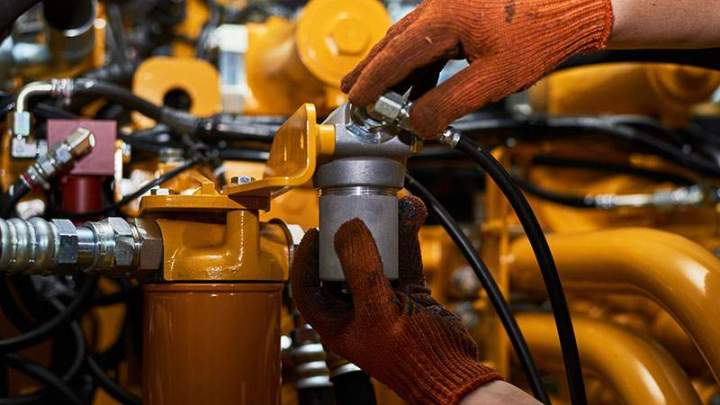How Do Hydraulic Pumps Function in a System?

Hydraulic pumps are the unsung heroes of heavy machinery, transforming mechanical energy into powerful fluid pressure. Understanding their operation is key to maximizing the efficiency and lifespan of your hydraulic systems. Metro Diesel and Turbo Service explains.
The Principle of Conversion and Fluid Displacement
At its core, a hydraulic pump functions by converting mechanical energy—typically supplied by an engine or electric motor—into hydraulic energy. It achieves this by displacing fluid, usually hydraulic oil, into the system. Unlike a compressor that compresses air, a hydraulic pump does not create pressure; rather, it creates flow. Pressure is then generated as this flow encounters resistance within the hydraulic circuit, such as an actuator performing work (like lifting a load) or a valve restricting flow. The pump works by creating a partial vacuum at its inlet, which draws fluid from the reservoir.
This fluid is then mechanically pushed into the outlet port under pressure. Different pump designs, such as gear pumps, vane pumps, and piston pumps, achieve this displacement in various ways. Gear pumps use meshing gears to trap and push fluid, vane pumps use vanes that slide in and out of rotor slots to sweep fluid, and piston pumps use reciprocating pistons to draw in and expel fluid. Each design has its advantages in terms of efficiency, pressure capability, and noise levels. Metro Diesel and Turbo Service provides a wide array of hydraulic pumps, each engineered to precisely match the power and flow requirements of diverse hydraulic applications, ensuring optimal energy conversion and system responsiveness.
Generating Flow and Sustaining System Pressure
The continuous operation of a hydraulic pump is crucial for sustaining the necessary flow and pressure throughout the hydraulic system. As the pump continuously draws fluid from the reservoir and forces it into the lines, it creates a constant flow. This flow is then directed through various components like control valves, hoses, and ultimately to the actuators (cylinders or motors) that perform the work. The resistance encountered by this flow is what generates the hydraulic pressure required to move heavy loads or drive machinery.
For instance, when a hydraulic cylinder is extending to lift a heavy object, the pump maintains the flow, and the weight of the object creates resistance, which the pump then overcomes by generating sufficient pressure. If the load is heavier, the pump works harder to maintain the necessary pressure. In systems requiring variable performance, pumps with variable displacement capabilities can adjust their output flow based on system demand, improving efficiency and reducing energy consumption. This ability to continuously supply pressurized fluid is what allows hydraulic systems to generate immense force and precise control. Metro Diesel and Turbo Service not only supplies robust hydraulic pumps but also offers expert advice on system design and maintenance, ensuring your pumps function flawlessly, delivering consistent power and extending the operational life of your valuable hydraulic machinery.